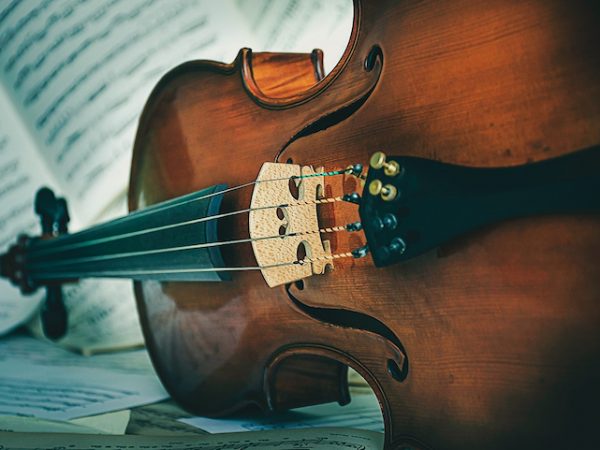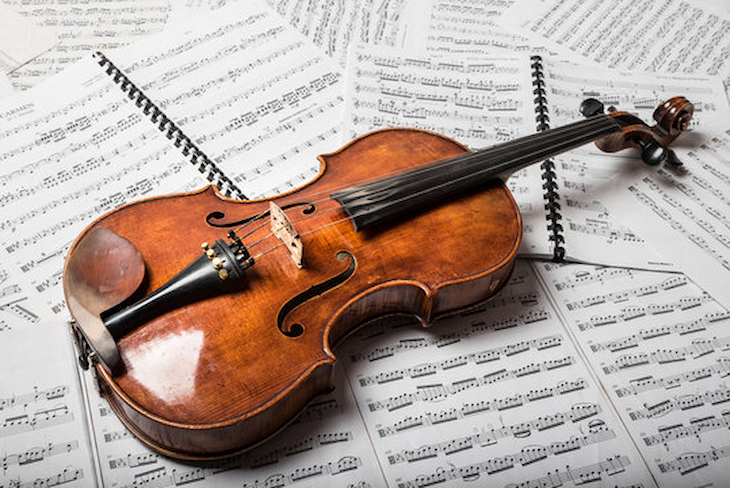14
Aug

Playing an instrument can transport you to a magical world of melody and rhythm. And the instrument of your choice is the road that will take you there. The viola might be the road less taken, compared to its ‘sister’ the violin, but without it, orchestral music wouldn’t be complete. Known for its rich, warm tones and unique role in orchestras, selecting the right one requires careful consideration.
Before diving into the selection process, it’s essential to understand what makes the viola distinct. The viola is slightly larger than a violin and produces a deeper, more mellow sound. It’s tuned a fifth lower than the violin, with strings C, G, D, and A. This instrument plays a crucial role in both orchestras and chamber music, often bridging the gap between the higher-pitched violins and the lower cellos.

As with any musical instrument, the price of a beginner viola for sale can vary widely. For students, it’s advisable to start with an entry-level or intermediate model. These violas are usually made from quality wood and have decent craftsmanship, ensuring a good sound without breaking the bank.• Renting vs. Buying: Renting can be a smart option for beginner viola students, especially for children who may outgrow their instrument.
Many music shops offer rental programs with the option to purchase later, which allows you to try before committing.• Used Instruments: Consider purchasing a used viola from a reputable dealer or a previous owner. This option can offer significant savings, but be sure to have the instrument inspected by a professional to avoid any hidden issues.
One of the most critical factors in choosing a viola for beginners is the size. Violas come in various sizes, typically ranging from 12 to 17 inches. The size should match the player’s age, arm length, and hand size to ensure comfort and ease of play.• For children: A smaller viola, such as 12-14 inches, is usually recommended. It’s important to get a proper fit, so having the child try out the instrument is the best solution.
A simple test is to have the child hold the viola under the chin and reach around to the scroll; if they can comfortably reach, the size is likely suitable.• For adults and teenagers: Sizes between 15 and 16.5 inches are common. The ideal size allows the player to reach the fingerboard easily without straining.Choosing the correct size is crucial because an ill-fitting viola can lead to discomfort, poor posture, and even injury over time.
The sound of a viola can vary depending on its make, wood, and craftsmanship. As a beginner, you may not be able to discern subtle differences in tone, but it’s still important to choose an instrument with a pleasant sound that encourages practice. Consider the wood quality – the top of the viola should be made from solid spruce, while the back, sides, and neck are typically made from maple.
These woods contribute to the resonance and projection of the sound. If possible, try out several violas in your price range. Listen to the instrument’s sound quality and take note of its response. Even as a beginner, you should choose the one that feels and sounds the best to you.
The bow is as important as the viola itself. How well the bow responds and plays can greatly impact the quality of sound produced. Beginner bows are usually made from Brazilwood or carbon fibre, which are durable and affordable.
A key component in creating musical sounds, rosin facilitates the generation of friction between the bow and strings. Choose a quality rosin that matches your climate and playing style. It’s also advisable to protect your investment with a sturdy, well-padded case. A shoulder rest is also important for comfort and maintaining proper posture during play.Consulting a Teacher or Expert
If you are new to string instruments, seeking advice from a viola teacher or a knowledgeable musician can be invaluable. They can help you assess the quality of the instrument, the suitability of its size, and provide insights into other accessories you might need. A teacher can also guide you toward reputable brands and models that have been proven to be reliable for beginner viola students.
Even the best viola can sound mediocre if not properly set up. Ensure that the instrument is professionally set up, with the bridge, soundpost, and strings correctly adjusted. A good setup can drastically improve playability and sound quality, making your learning experience more enjoyable.
Choosing the right viola is a significant first step in your musical journey. Consider all these factors and you will find an instrument that not only suits your needs but also inspires you to play. Whether you’re a young student or an adult beginner, the right viola will be a source of joy and growth as you develop your skills. Take your time, consult with experts, and most importantly, choose one that feels right for you.